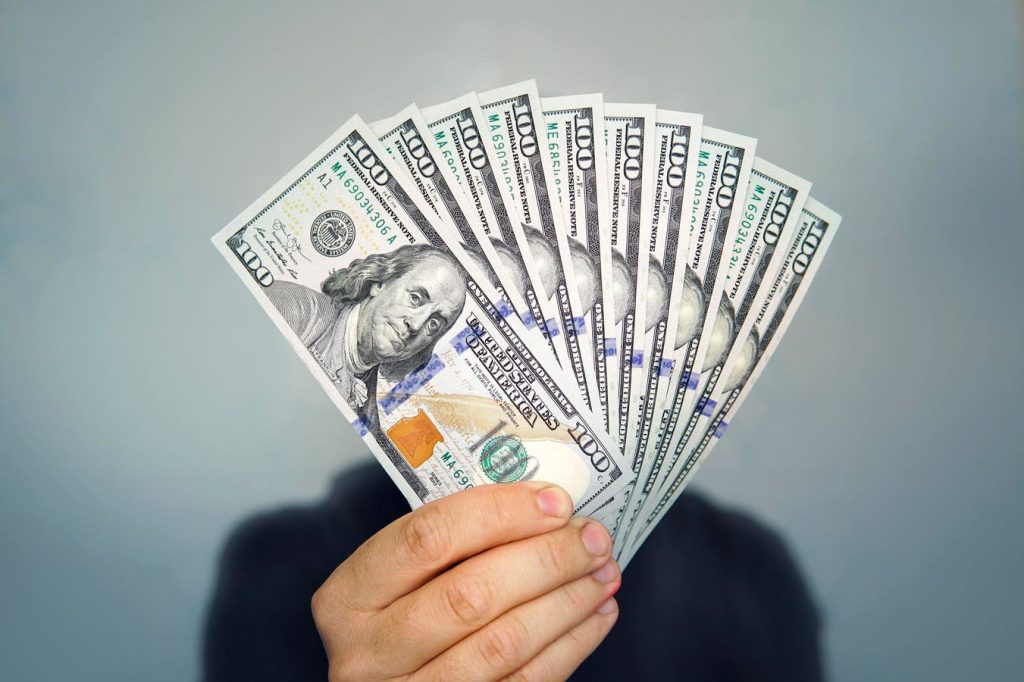Choosing between high-yield savings accounts and CDs can be a difficult decision when looking to save money. High-yield savings accounts offer higher interest rates than traditional savings accounts, with rates currently as high as 5.3%. These accounts are federally insured up to $250,000 and are a good option for short-term savings. However, the drawback is that interest rates can fluctuate based on the Federal Reserve’s benchmark rate.
On the other hand, CDs offer a fixed interest rate for a specific term, ranging from 3 months to 5 years. By purchasing a CD, you are committing to keeping your money in the account for that time period. While CDs also offer FDIC insurance, they may require a penalty fee if you withdraw funds early. CDs can be a good choice for those who are certain they won’t need their cash for a while and want a consistent rate of return.
For those who are unable to decide between a high-yield savings account and a CD, creating a CD ladder could be a good strategy. This involves dividing cash across multiple CDs with different maturity dates, providing both flexibility and the opportunity to take advantage of high APR rates. When a CD matures, the cash can either be kept or reinvested in a new CD, allowing for consistent cash flow and potentially higher returns.
While high-yield savings accounts offer the benefit of flexibility and potentially higher interest rates, CDs can provide a consistent rate of return for a specific time period. It is important to consider your financial goals and timeline when choosing between the two options. Additionally, it is important to be aware of the potential risks and penalties associated with early withdrawals from CDs. Ultimately, the decision between a high-yield savings account and a CD will depend on individual financial goals and risk tolerance.


